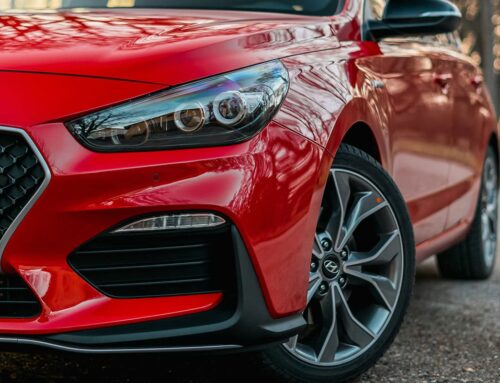IF you’ve recently purchased a van, are moving, or simply need to ship a van for any sort of reason, you’re likely wondering how to make this happen.
Information about shipping cars is a lot easier to come by, but it seems like for bigger vehicles like a van, not everyone’s rushing to provide more details.
Shipping a van can be a completely different process than transporting a car, but it also depends greatly on the van’s model.
Here are some key differences between shipping a van, versus a car.
There are a lot of types of vans, which could impact carrier choice
The term van is actually more of an umbrella that can be applied to different types of cars:
- Minivans
- Passenger vans
- Panel vans
- Conversion buses, etc.
With cars, you don’t have the same level of variation, which means you don’t have major differences in the size and shape of the vehicle.
And these two factors matter a lot when it comes to shipping, as they can influence the carrier you choose, and even the cost of the shipment. Some companies might not have the resources to handle shipping a larger van, which has different requirements in terms of securing it on the truck.
Shipping dates can be different
Auto-shipping companies usually ship on a schedule, because they have to wait for the entire truck to be loaded before they begin the journey. It’s not financially profitable to begin the shipping process with a half-empty truck.
Some vans and cars have comparable sizes, but if the van you want to ship is larger, then it will not fit on a sedan truck, which means the company might need to use a different type of truck. This can cause variations in the shipment’s arrival date.
Prices can be completely different
As previously said, the size and weight of the vehicle matter a lot in terms of shipping costs. The auto transport rates aren’t set based on the type of vehicle you have, so just because you have what’s known as a van doesn’t mean it’s guaranteed you’ll pay more for shipping. But if you have a cargo van, that will cost more to ship than a sedan.
Prices can also go up if you add additional services to your packages, such as door to door services. In some cases, these services can cost differently in vans and sedans, because just maneouvring these vehicles could require different skills.
Should you just drive it yourself?
If you have just one van to transport over a short distance, then you could very well do it yourself. However, longer distances can wear and tear the van needlessly, in which case a professional carrier is a much better, and often faster option.
Check out A1 Auto Transport’s van shipping services for more information, and a free estimate.







Leave A Comment